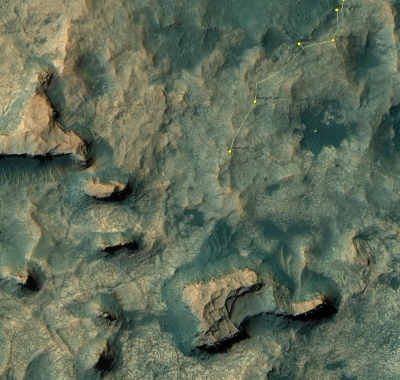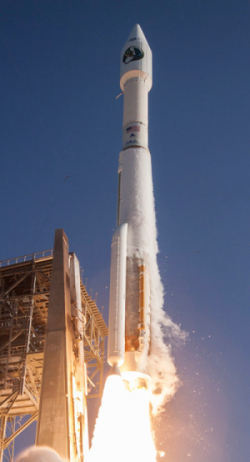Japan’s troubled space agency
Link here. The article describes how JAXA has pulled some remarkable successes out of the jaws of failure, but in describing these stories it made me realize how many of these failures have occurred, far more than one should expect. Just consider:
- Nozomi failed to enter Mars orbit when its main engine did not fire as planned. The mission was a total loss.
- Akatsuki failed to enter Venus orbit when its main engine did not fire as planned. The mission has been partly saved by the use of the spacecraft’s attitude thrusters to put it into Venus orbit five years late.
- Hayabusa-1 had enormous problems, and was barely able to return to Earth with barely any asteroid samples, as had been the plan.
This list is essentially Japan’s entire interplanetary program since 2000, all of which failed in some significant way. The recovery of Akatsuki and Hayabusa-1 were hailed as great achievements, but in retrospect they both indicated a serious quality control problem in Japan’s space program. The loss of their most recent science X-ray telescope, Hitomi, when a software error caused the spacecraft to breakup in orbit only one month after launch, illustrated this again.
Link here. The article describes how JAXA has pulled some remarkable successes out of the jaws of failure, but in describing these stories it made me realize how many of these failures have occurred, far more than one should expect. Just consider:
- Nozomi failed to enter Mars orbit when its main engine did not fire as planned. The mission was a total loss.
- Akatsuki failed to enter Venus orbit when its main engine did not fire as planned. The mission has been partly saved by the use of the spacecraft’s attitude thrusters to put it into Venus orbit five years late.
- Hayabusa-1 had enormous problems, and was barely able to return to Earth with barely any asteroid samples, as had been the plan.
This list is essentially Japan’s entire interplanetary program since 2000, all of which failed in some significant way. The recovery of Akatsuki and Hayabusa-1 were hailed as great achievements, but in retrospect they both indicated a serious quality control problem in Japan’s space program. The loss of their most recent science X-ray telescope, Hitomi, when a software error caused the spacecraft to breakup in orbit only one month after launch, illustrated this again.




